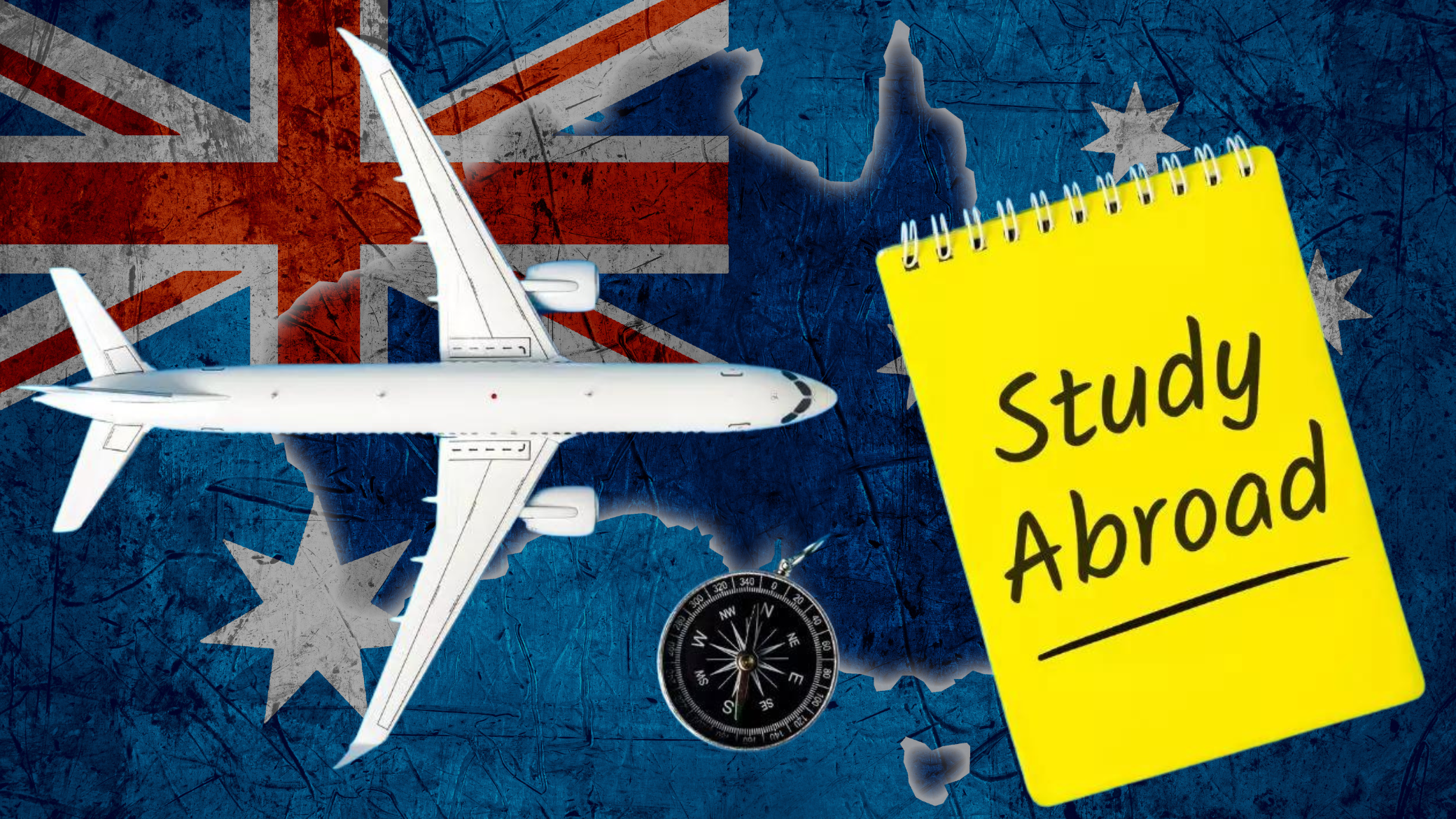
The cap on international students will be distributed among various education sectors in Australia.Publicly funded universities will be permitted to enroll around 145,000 new international students in 2025, maintaining the intake levels seen in 2023. The Vocational Education and Training (VET) sector will admit about 95,000 new students.
Institutions that heavily rely on international students will receive a lower allocation to promote diversification, while other universities and non-university providers will have their intake capped at 30,000. This marks the lowest intake of international students in the past five years, a significant decrease from the 561,000 international students who commenced studies in 2023.
The introduction of the cap has sparked strong objections from various Australian universities and education stakeholders. According to the Draft International Education and Skills Strategic Framework released in May, there are concerns that the new cap could negatively affect the job market and might lead to the closure of up to 300 independent colleges. Universities have also criticized the imposition of individual provider limits, suggesting that an overall cap would be a more equitable approach. Despite these objections, the government insists that the cap is designed to promote the sustainable growth of the education sector.
The official notice states, “From 1 January 2025, the Australian Government is setting the total number of new overseas student commencements at higher education and vocational education and training institutions in Australia each year under the National Planning Level. This number will be reviewed and agreed. upon by the Government annually.”
Detailed Caps for Australian Universities
Below is a table outlining the proposed caps for each Australian university, comparing the onshore international proportion of enrollments from 2023 to the indicative 2025 cap:
Increased Visa Processing Fees
In conjunction with the new enrollment cap, the Australian government has also increased the visa processing fees from AUD 710 to AUD 1,600, effective from July 1. This represents the steepest rise in visa fees over the past five years, further impacting the overall cost for prospective international students.
What will be impact on Australian Universities
The cap has had a particularly strong impact on some of Australia’s top universities. Among the 15 universities affected, four are part of the prestigious Group of Eight (Go8): Australian National University, University of Melbourne, University of New South Wales, and University of Sydney. These universities, which had nearly 40% international enrollment in 2023, will see significant reductions in their international student numbers. For instance, the University of Melbourne and the University of Sydney will both face a 7% reduction compared to their 2023 intake levels. The Australian National University and the University of New South Wales will face cuts of 14.5% and 14%, respectively.
Other institutions, like Federation University, are facing even more substantial cuts. Federation University, for example, will only be allowed to admit approximately 1,100 international students in 2025, down from 2,300 in 2023—a reduction of over 50%.








